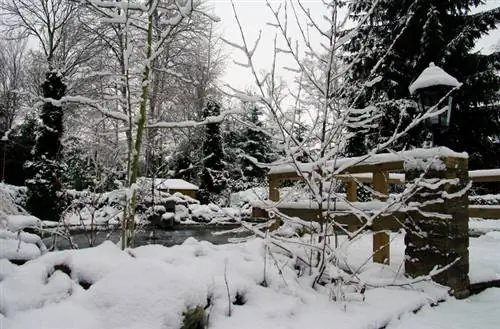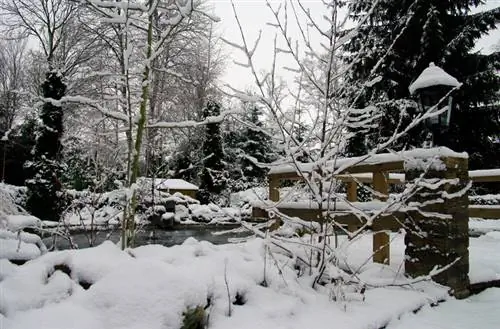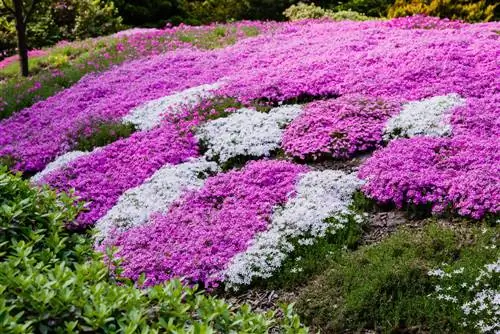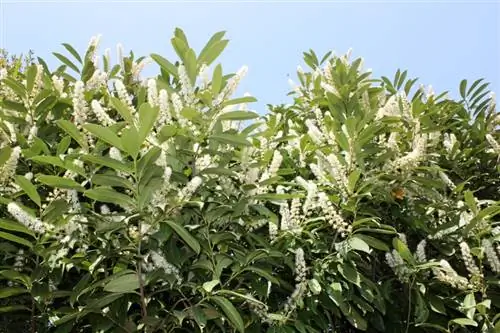- Author admin [email protected].
- Public 2023-12-16 16:46.
- Last modified 2025-01-23 11:20.
By nature, periwinkles (e.g. Vinca minor and Vinca major) only spread relatively slowly over the area without human intervention. Once planted in a suitable location, it forms real carpets of plants on the ground without much care.

Is periwinkle hardy?
The large periwinkle (Vinca major) is hardy down to around minus 15 degrees Celsius, while the small periwinkle (Vinca minor) can withstand temperatures of up to minus 25 degrees Celsius. In winter we recommend covering with brushwood, bark mulch, shrub cuttings or pine branches.
Vinca major: the great evergreen
The large or large-leaved periwinkle Vinca major grows slightly higher than its “little brother” Vinca minor. Therefore, with Vinca major it can also happen that the plants climb a bit. This type of evergreen is relatively hardy in most locations in Central Europe. Frost damage to Vinca major can only occur in very exposed locations with temperatures well below minus 15 degrees Celsius. However, some cultivars of Vinca major are also significantly less sensitive to frosty temperatures. But you can always play it safe by covering the periwinkle with a layer of fine brushwood in late autumn. This has the pleasant side effect that the decomposition processes that occur also provide your ground cover with natural fertilizer.
Vinca minor: the small periwinkle
The small-leaved evergreen Vinca minor is generally much less sensitive during the winter than Vinca major. The subspecies of the small evergreen can easily withstand temperatures of up to minus 25 degrees Celsius outdoors. However, it won't hurt the plants if you cover the small evergreen with a thin layer of brushwood in winters with little snow. Alternatively, the following are also suitable for the cover:
- Bark mulch
- Shrub cutting
- Fir branches
Dry thirst instead of freezing to death: The right care in winter
During the summer months, it is a matter of course for most garden owners to water the plants in the garden according to their needs during extremely dry phases. However, many gardeners forget that dryness in the soil can also occur in winters with cold frosts and little rainfall. If there are frost-free days during a winter with little snow, you can water the evergreen sparingly to prevent winter drought damage. However, the soil where evergreens are located is usually relatively humic and can store moisture well.
Tip
If evergreens are planted right next to the terrace, you should make sure that they do not attract your pets in winter due to a lack of alternatives: All types of evergreens are poisonous and should not be eaten by pets if possible.






